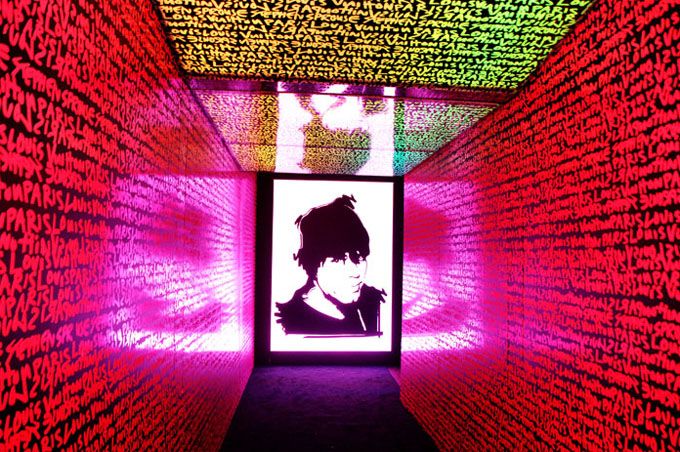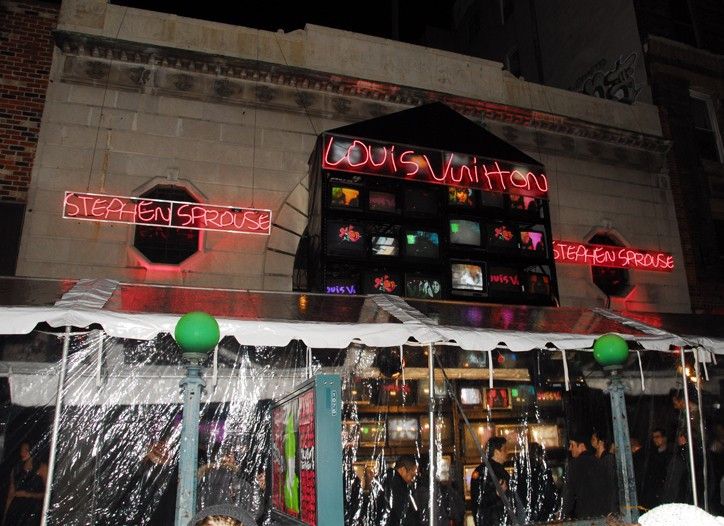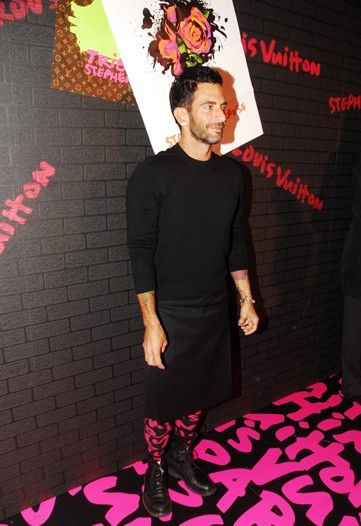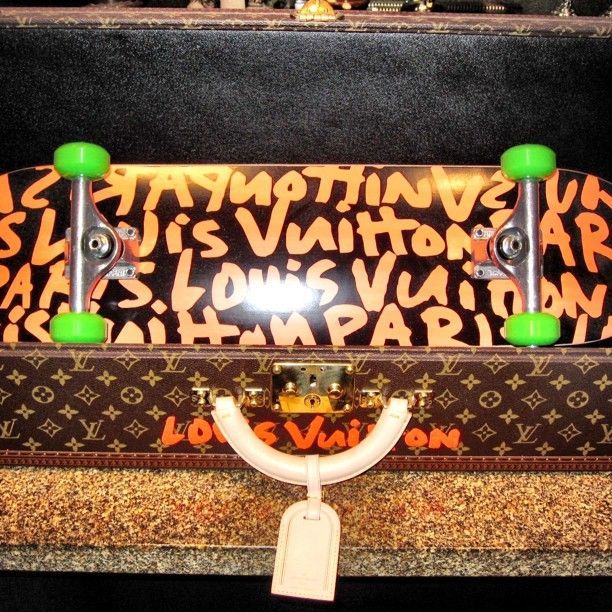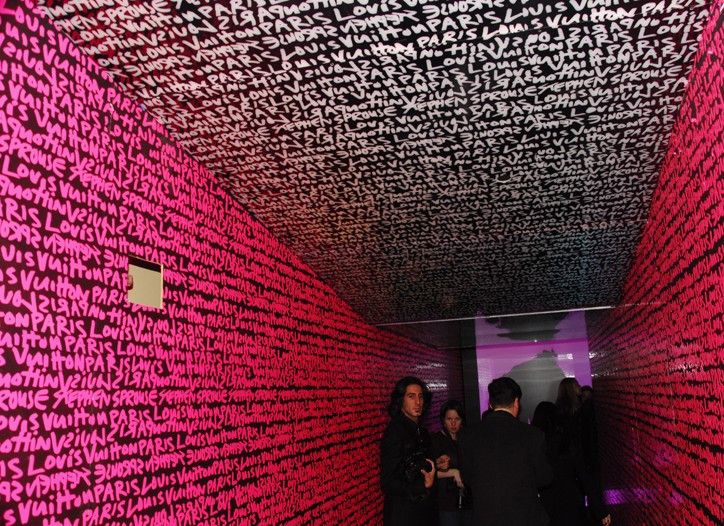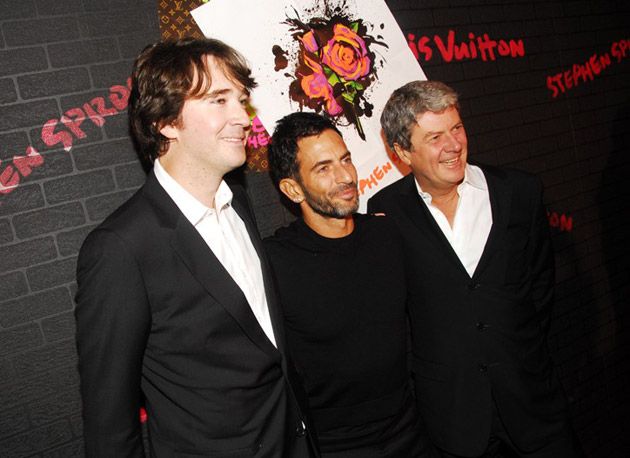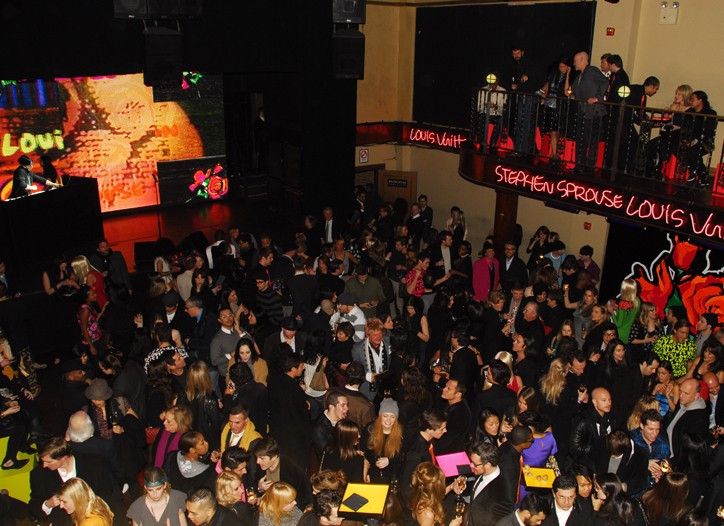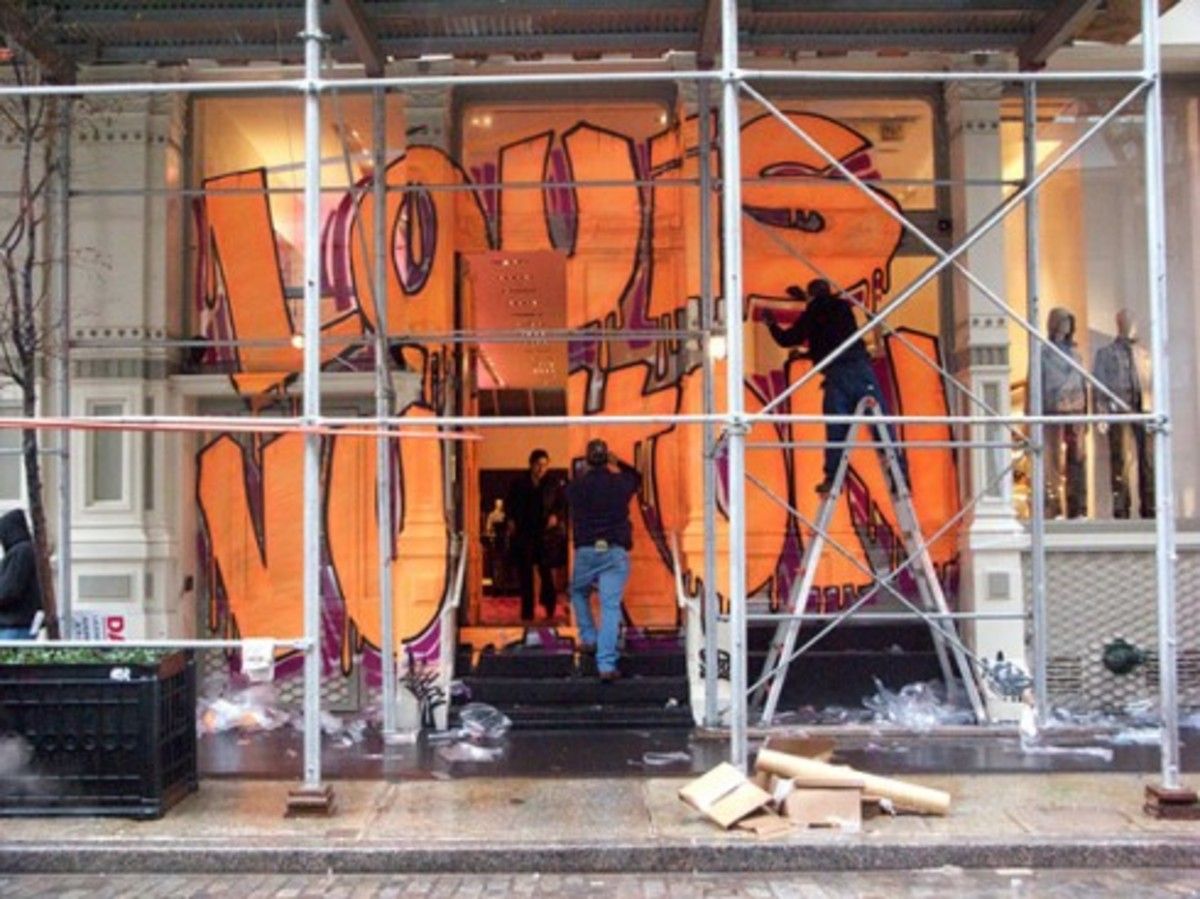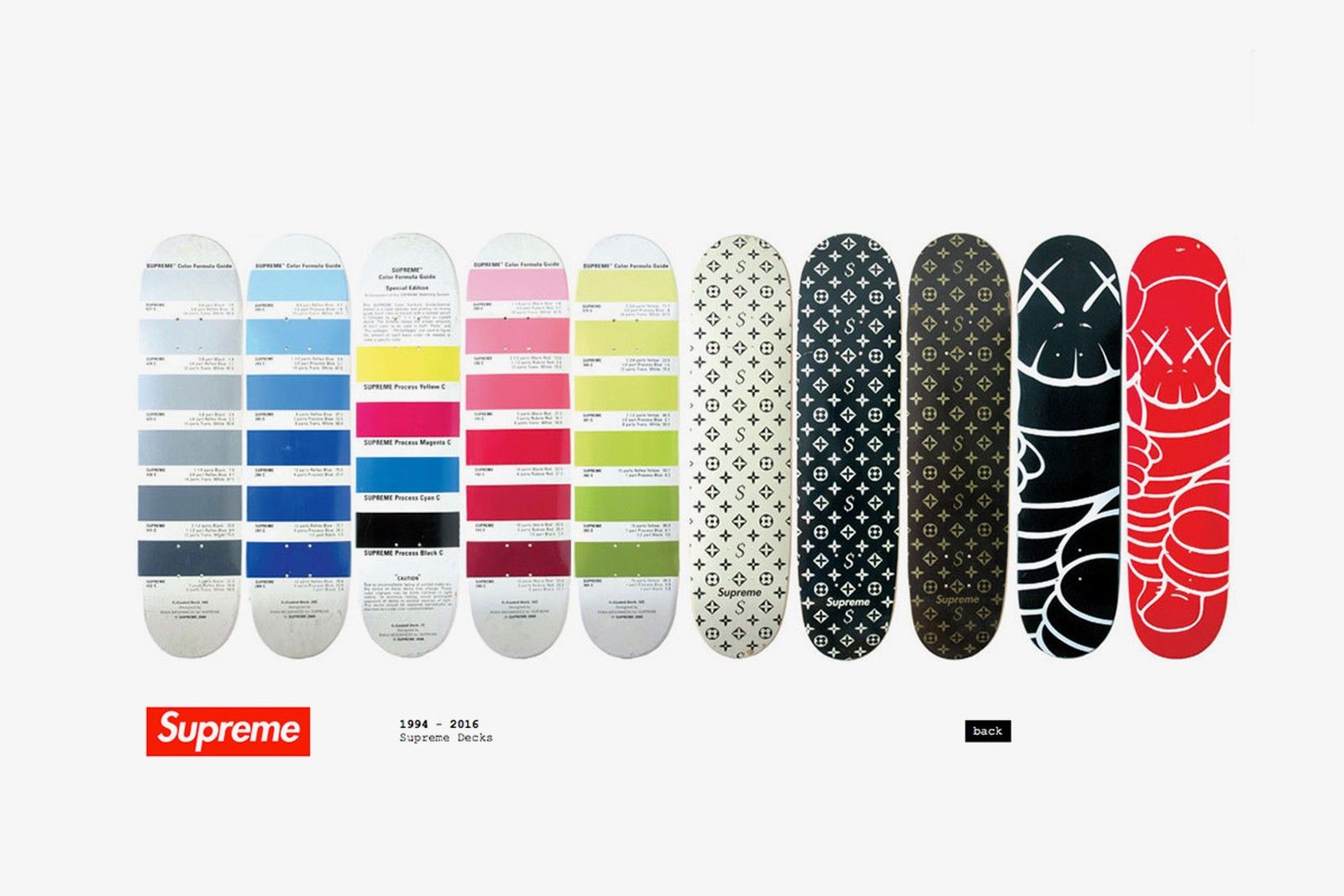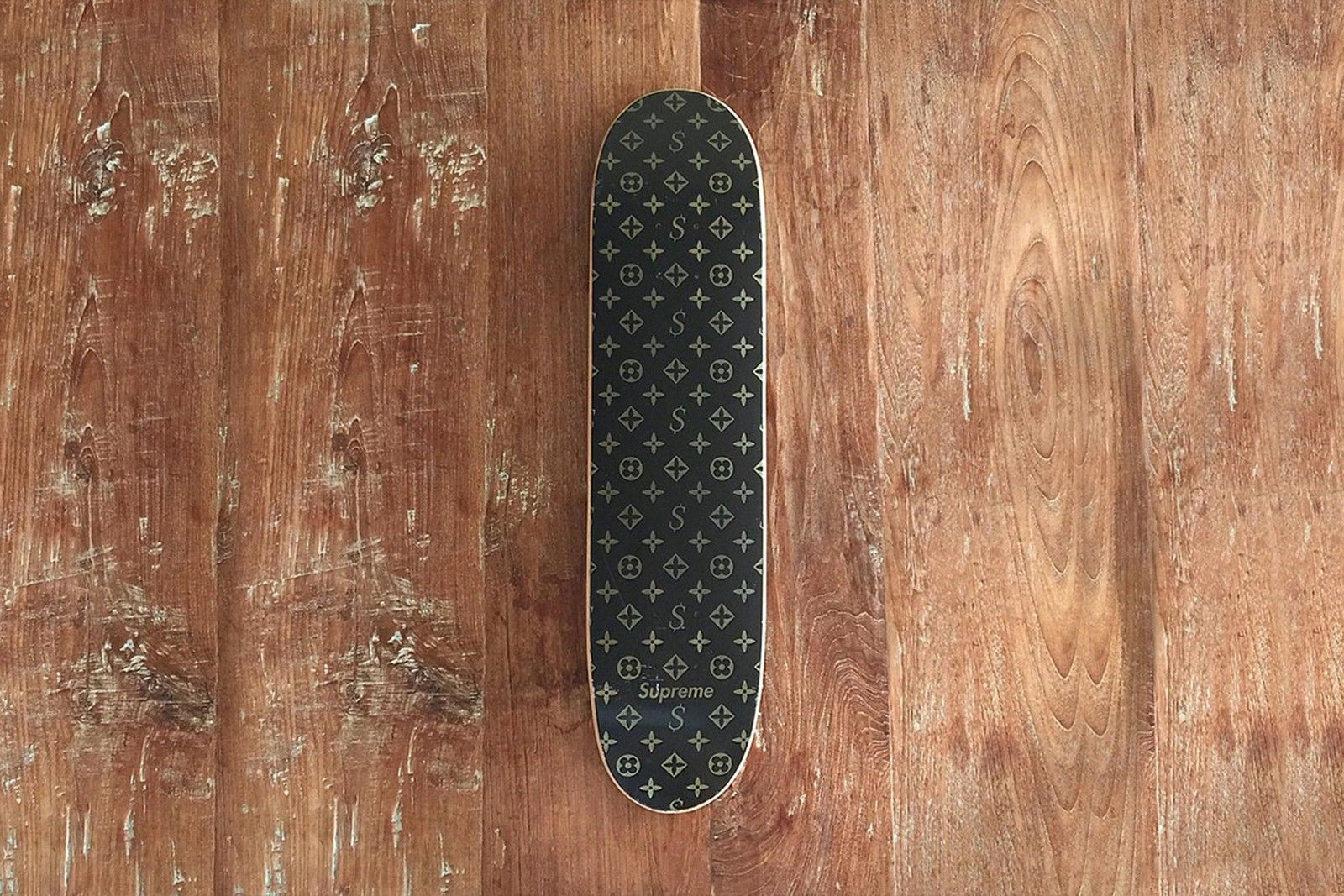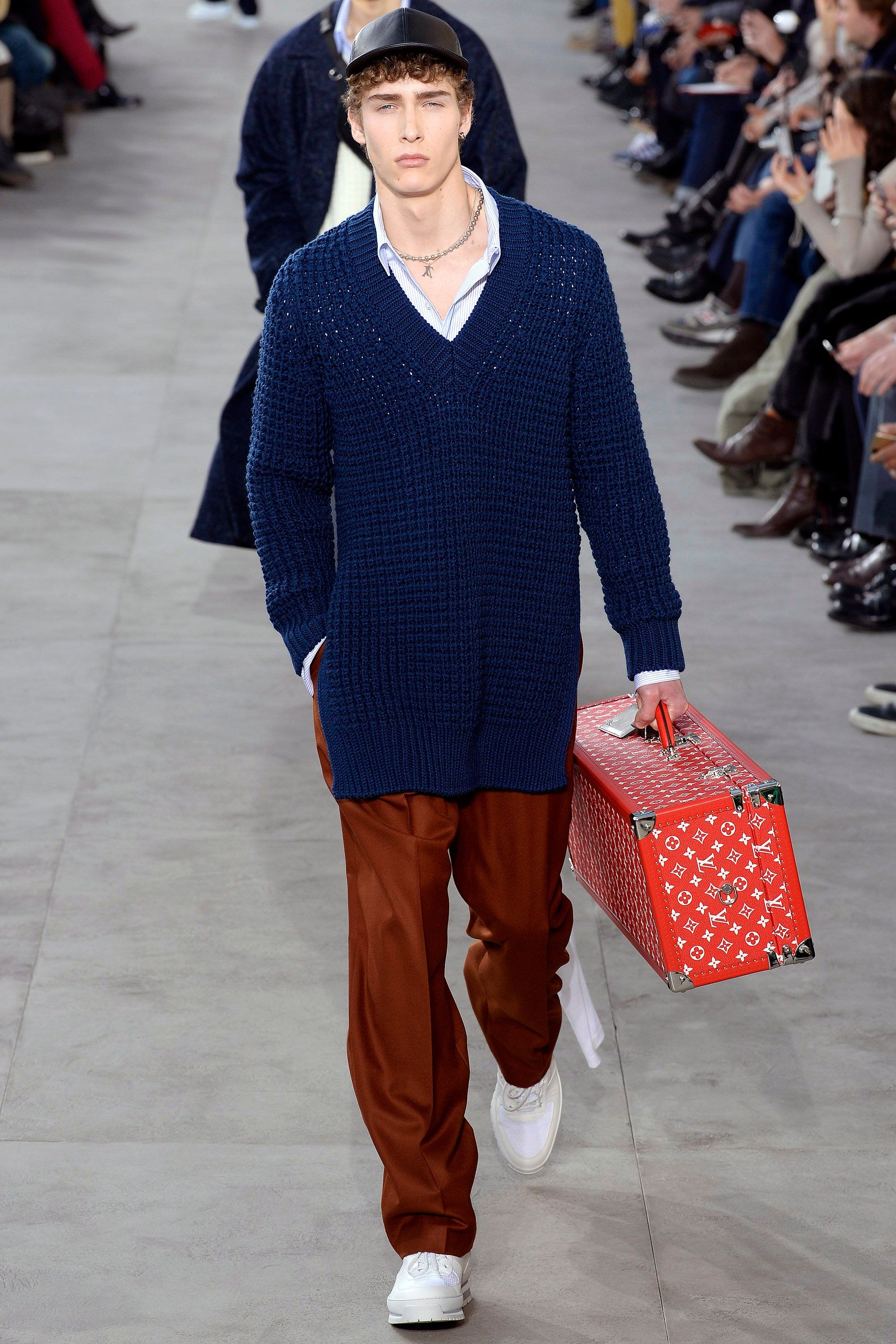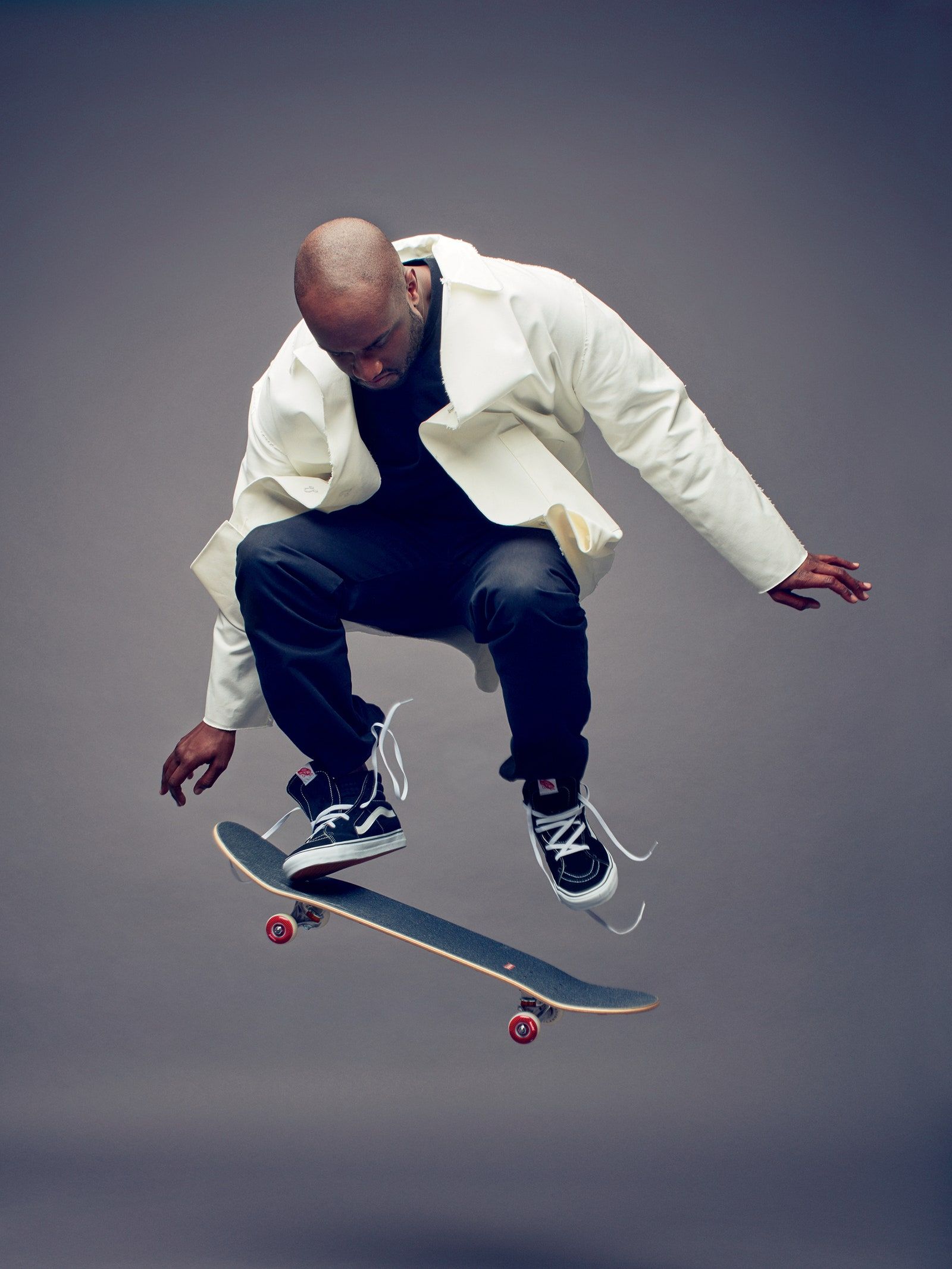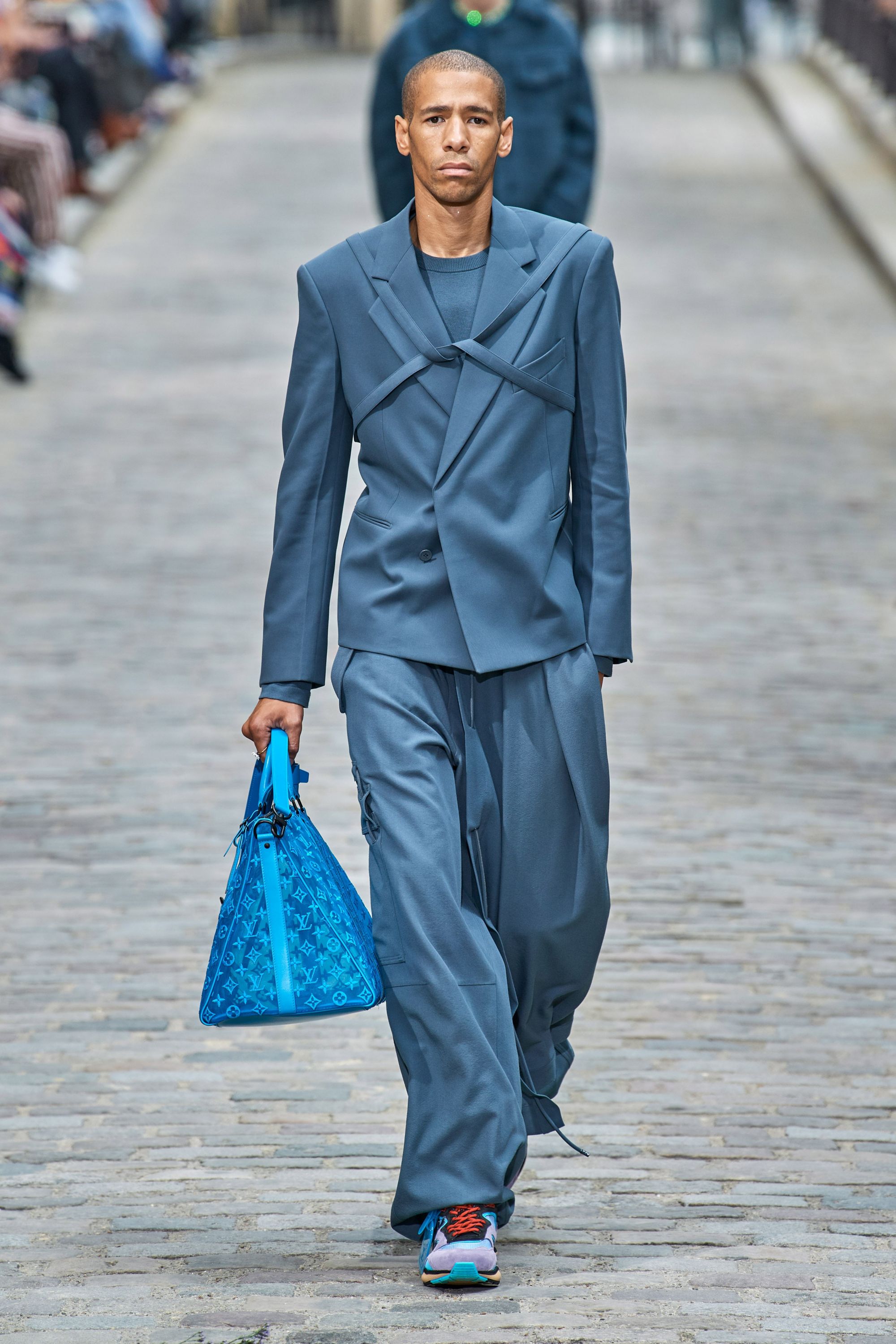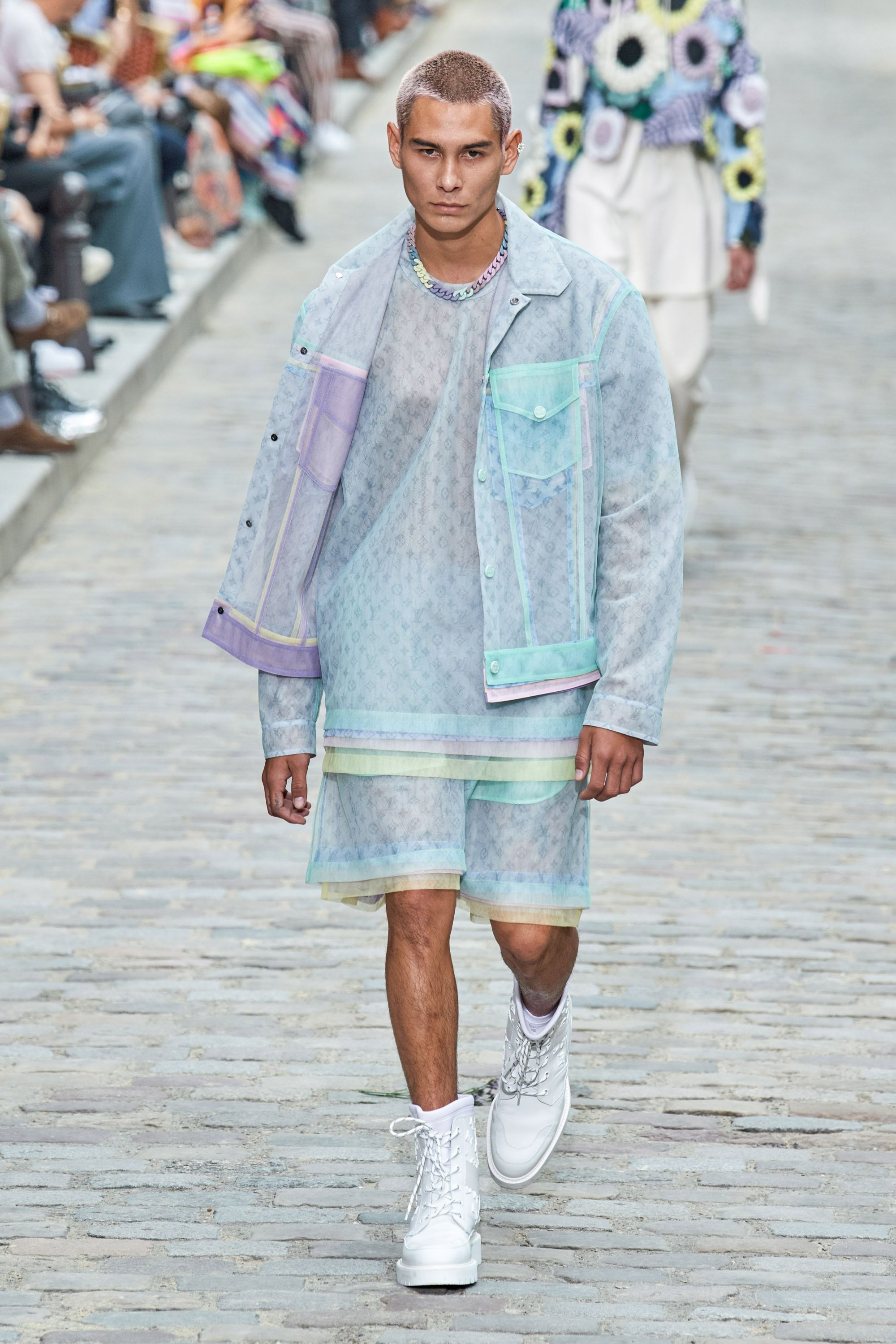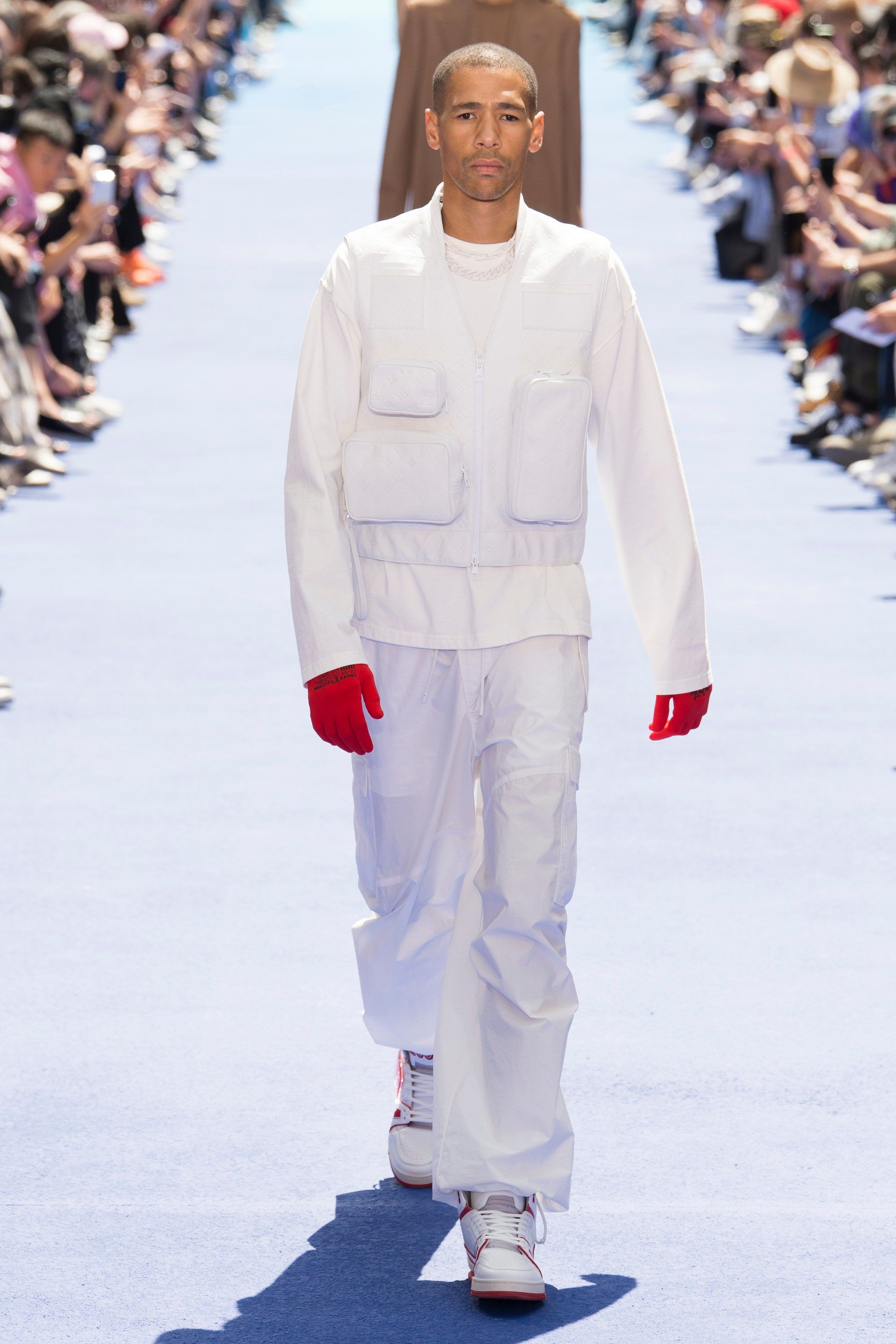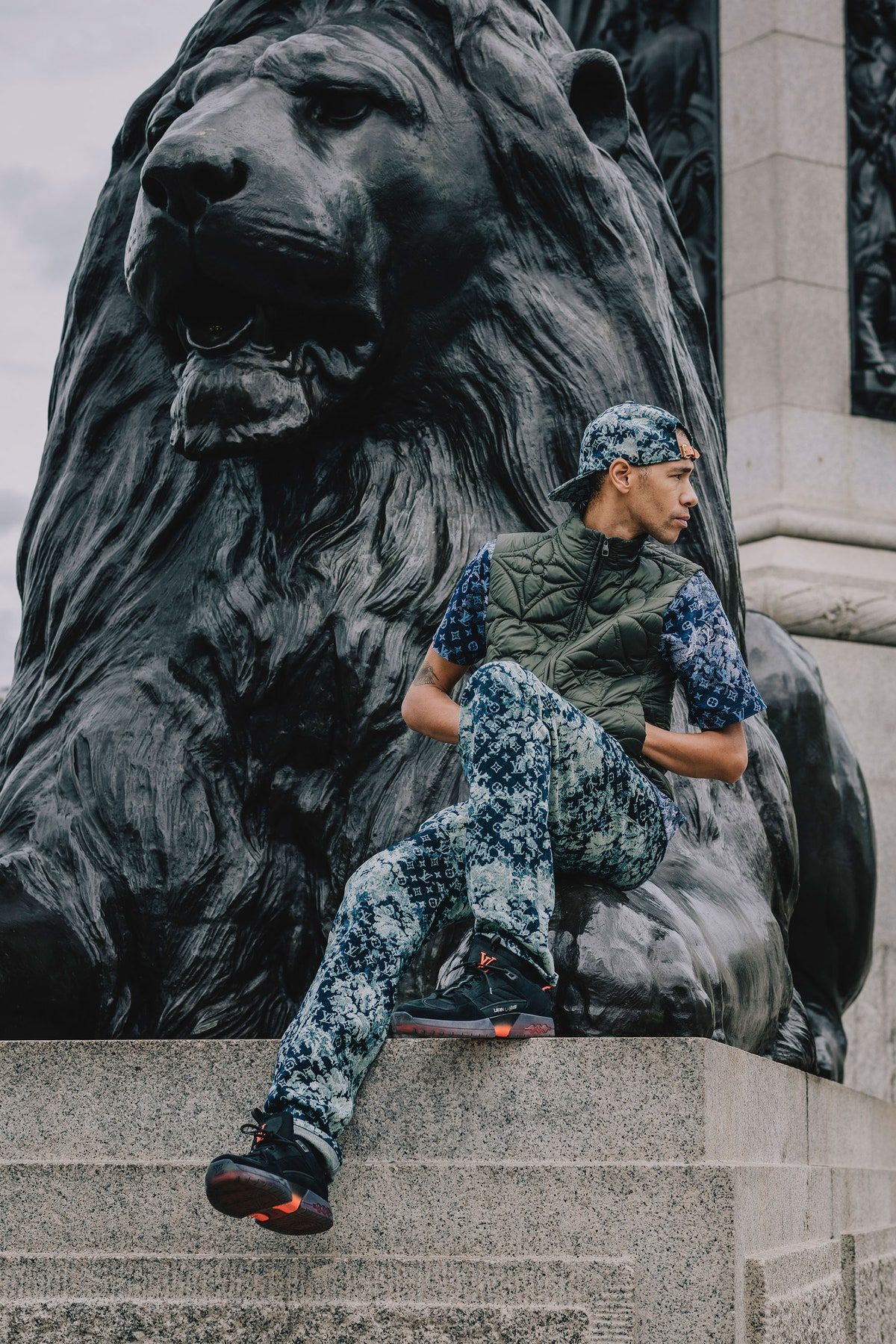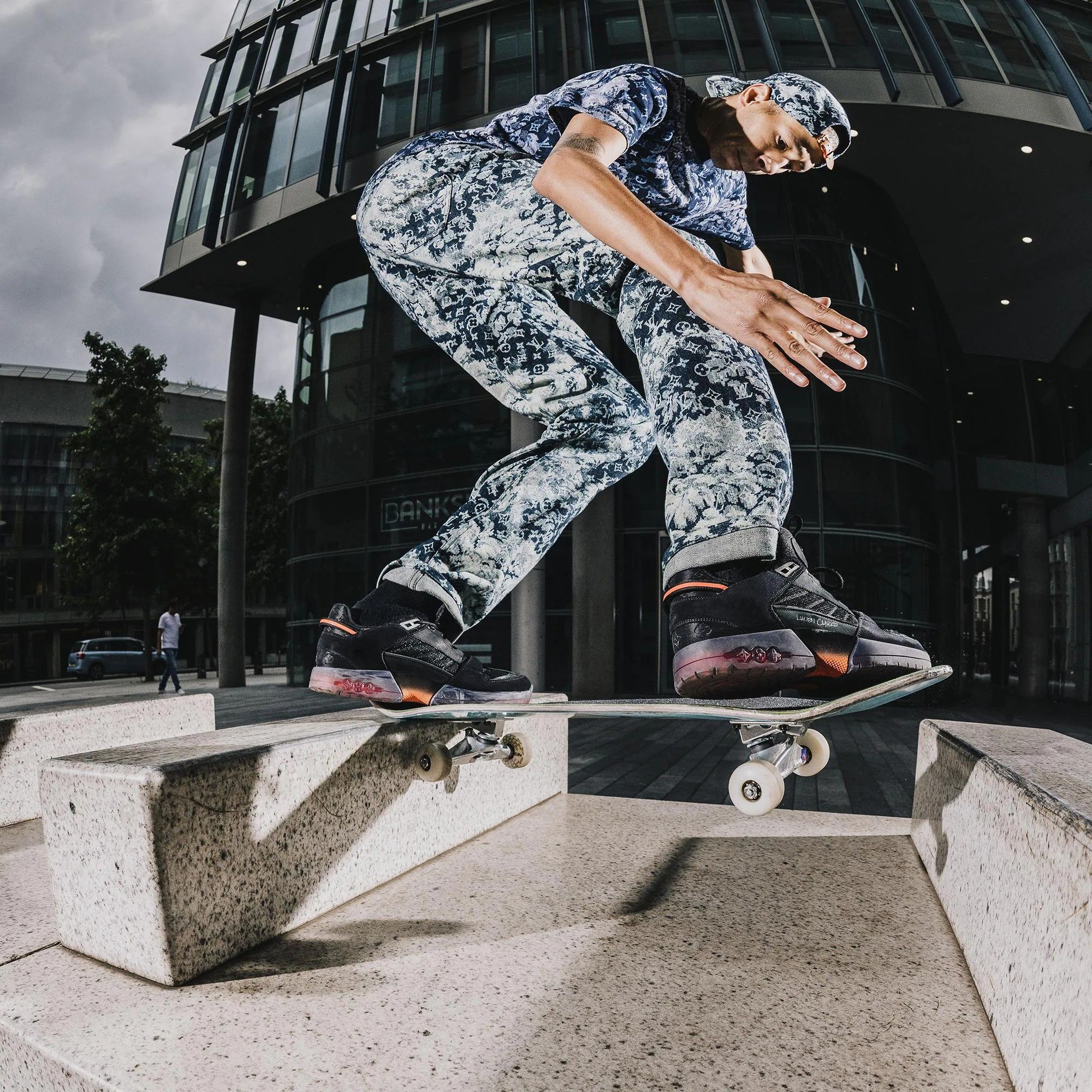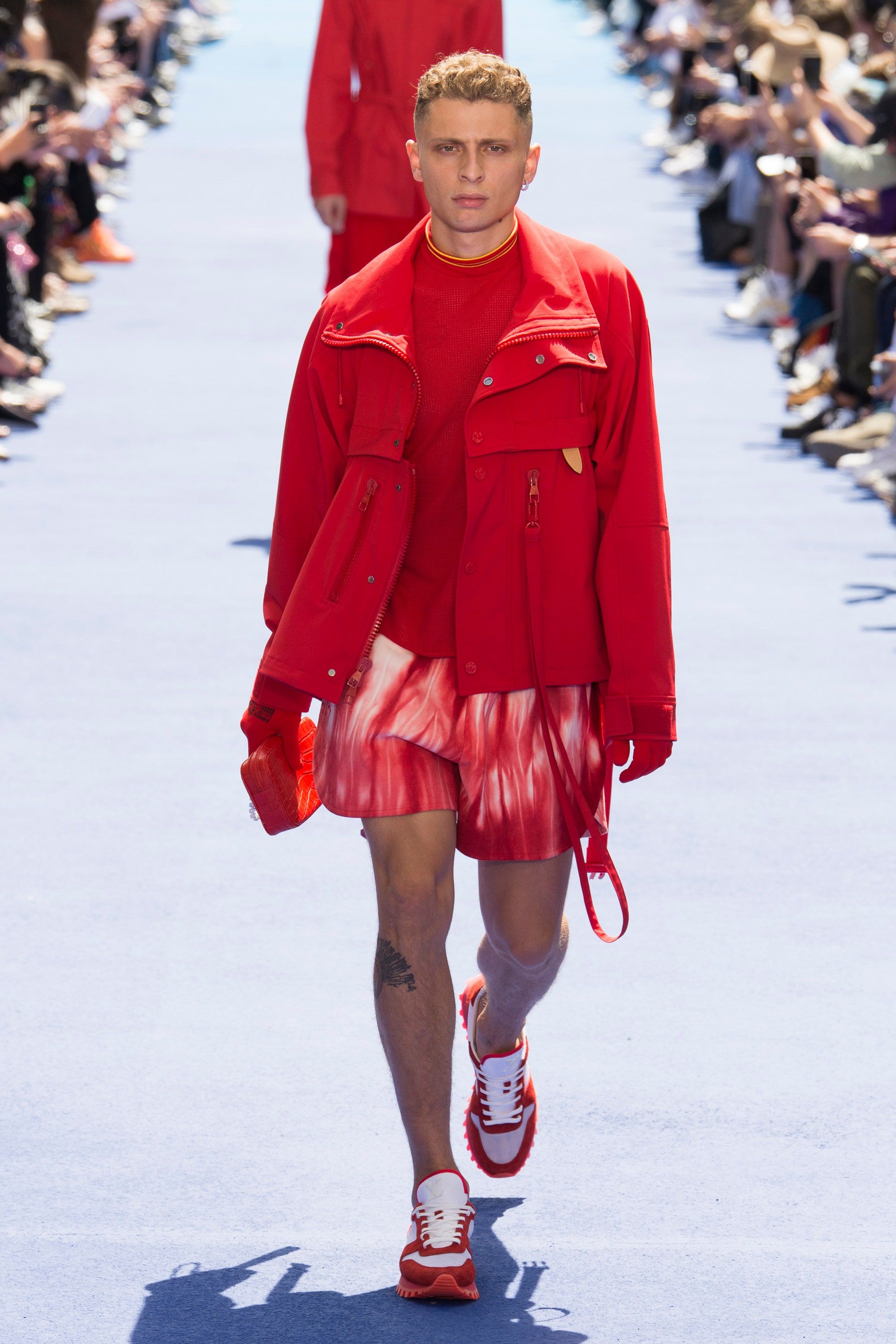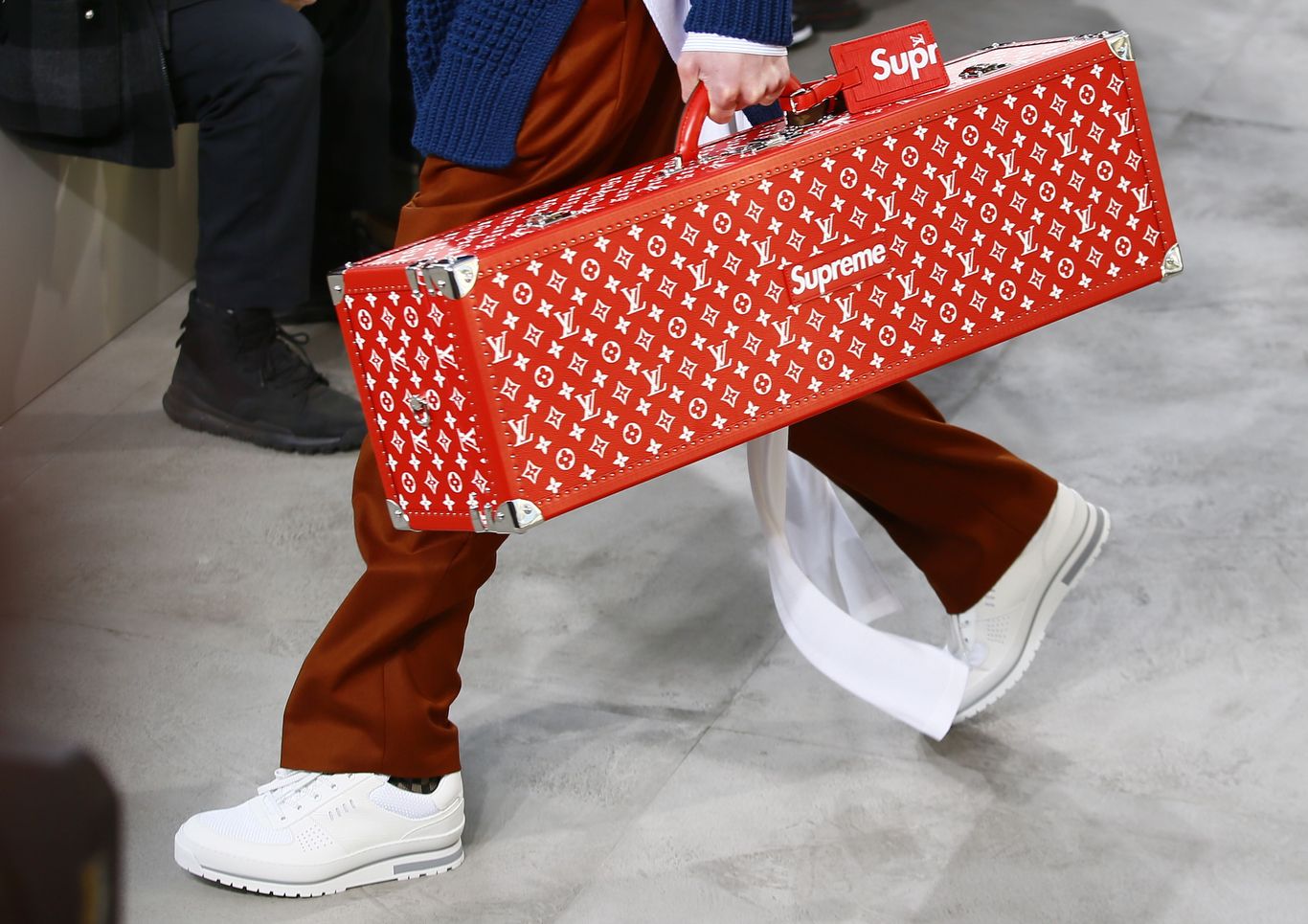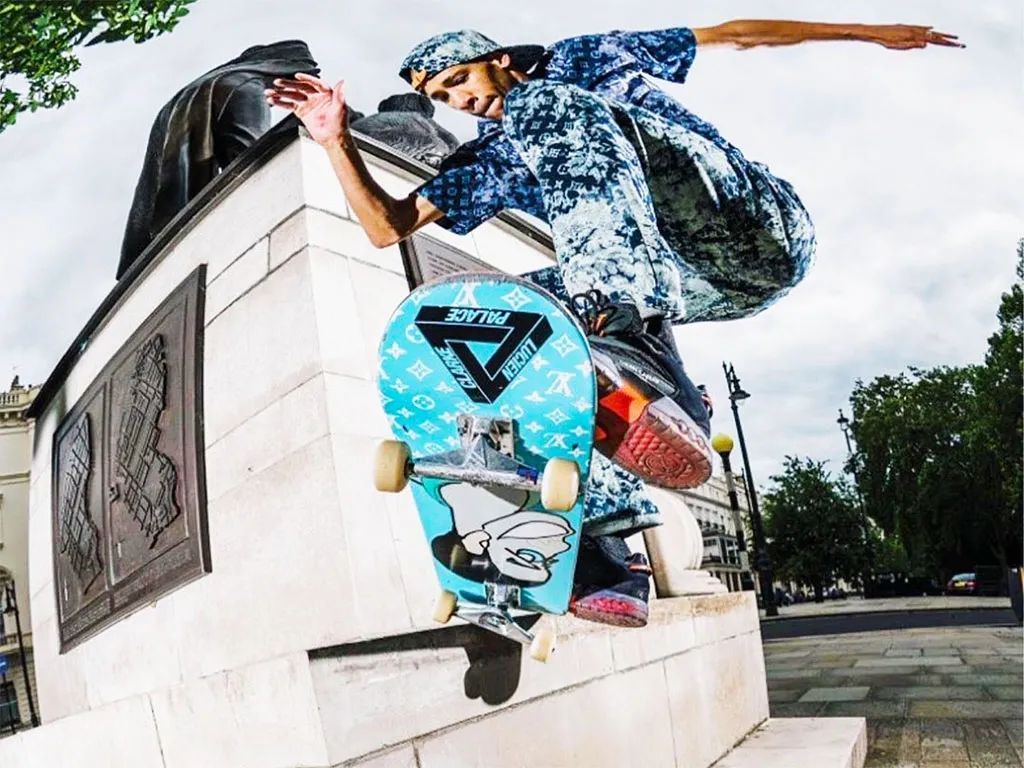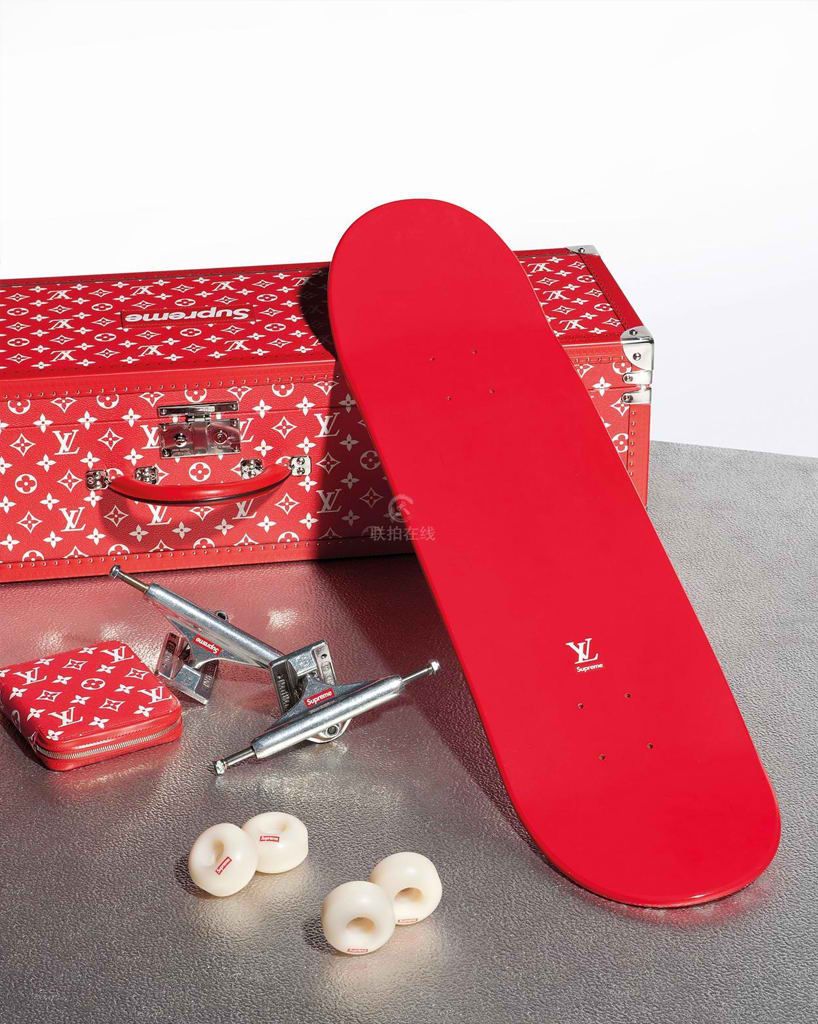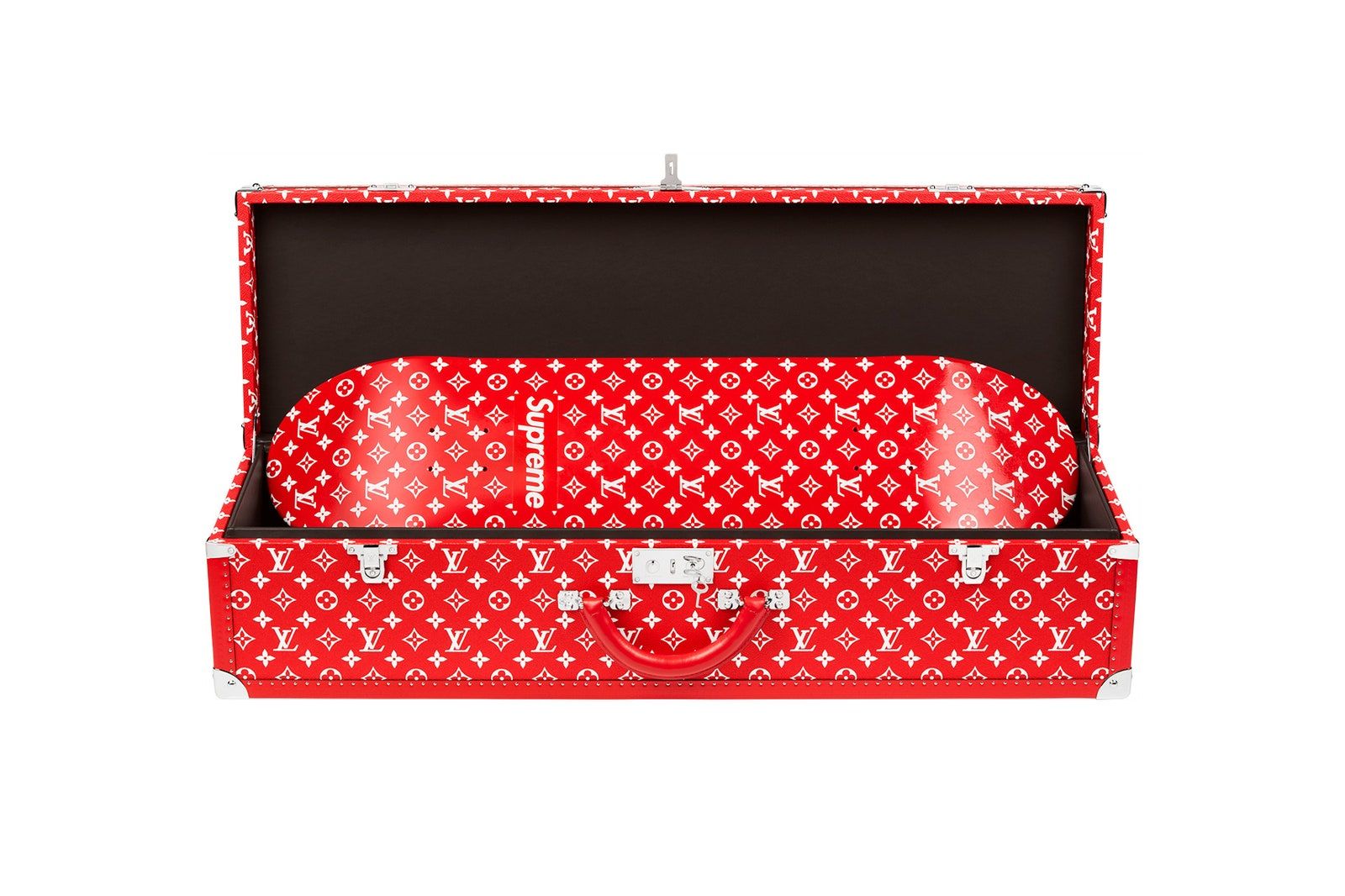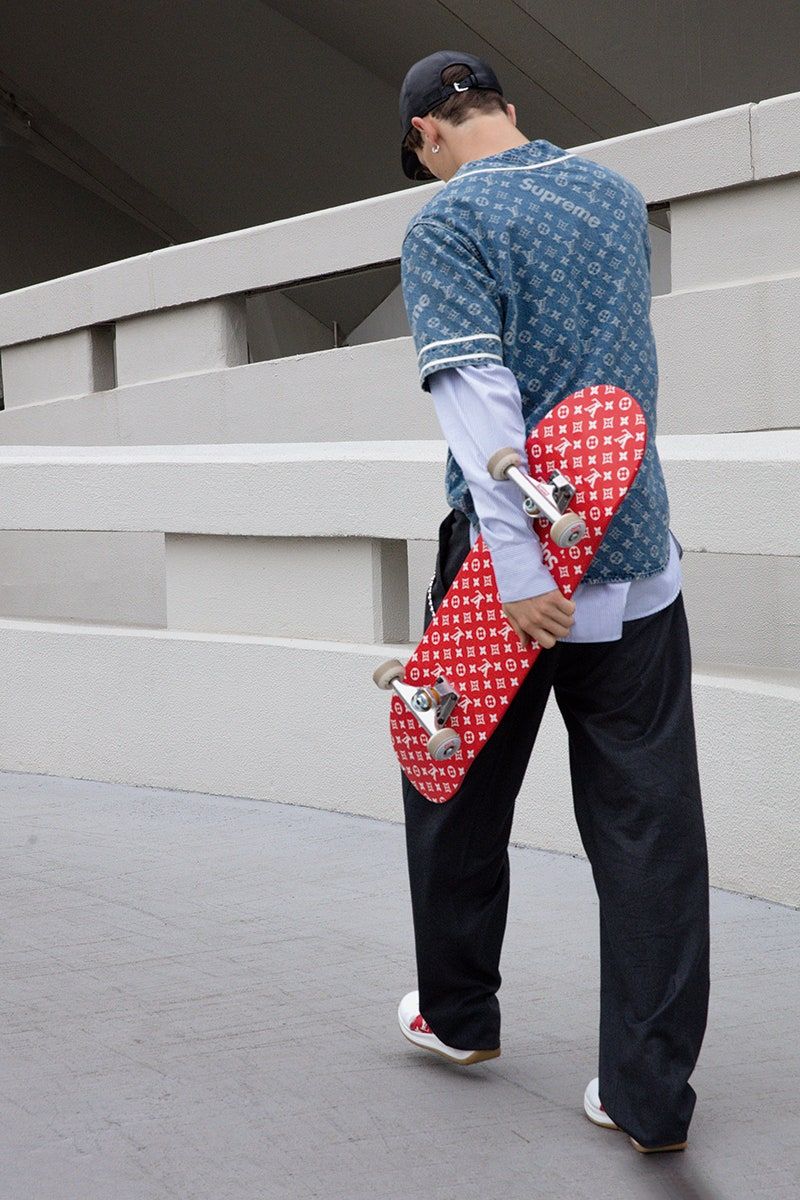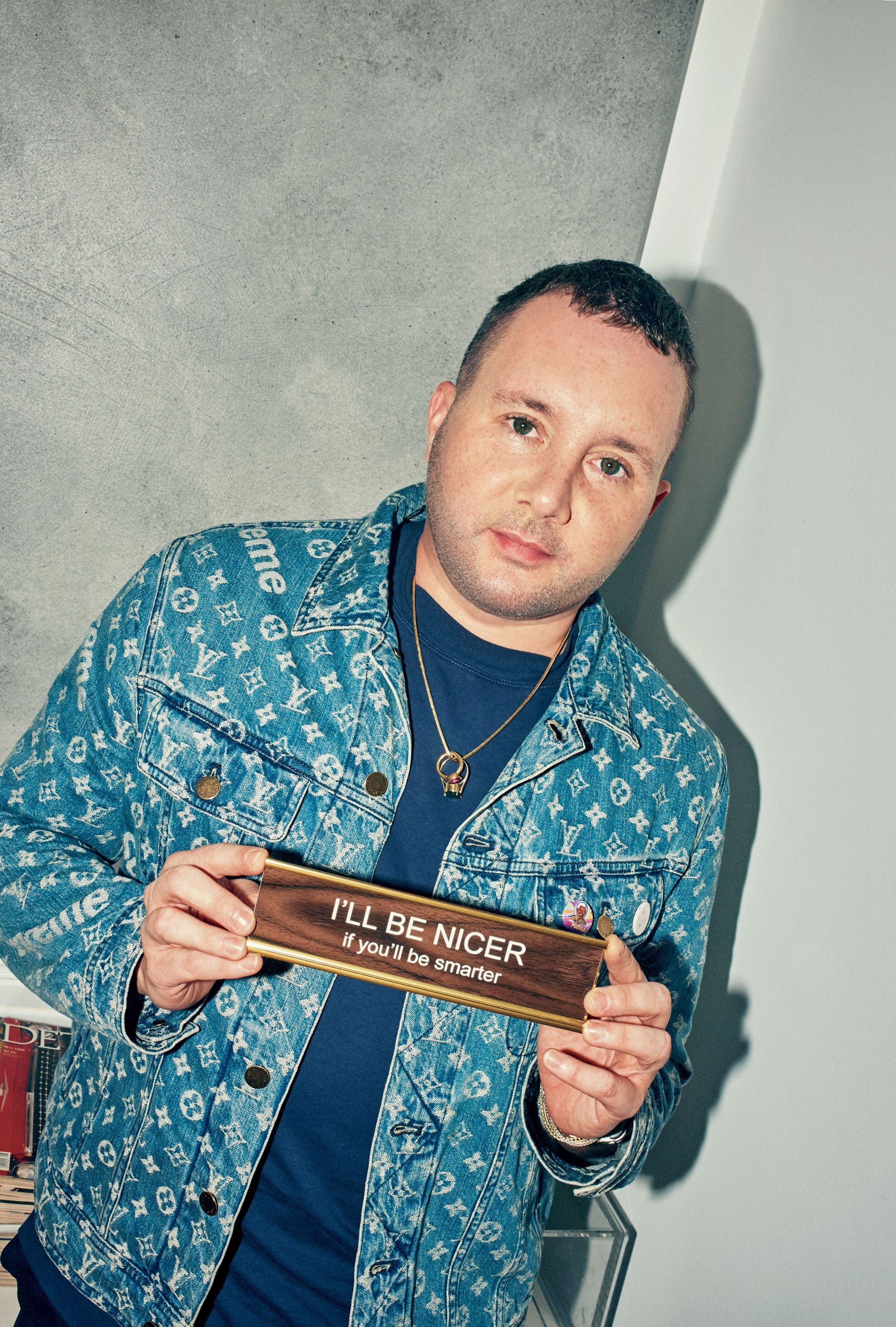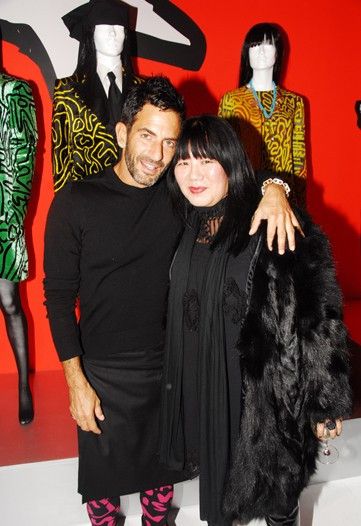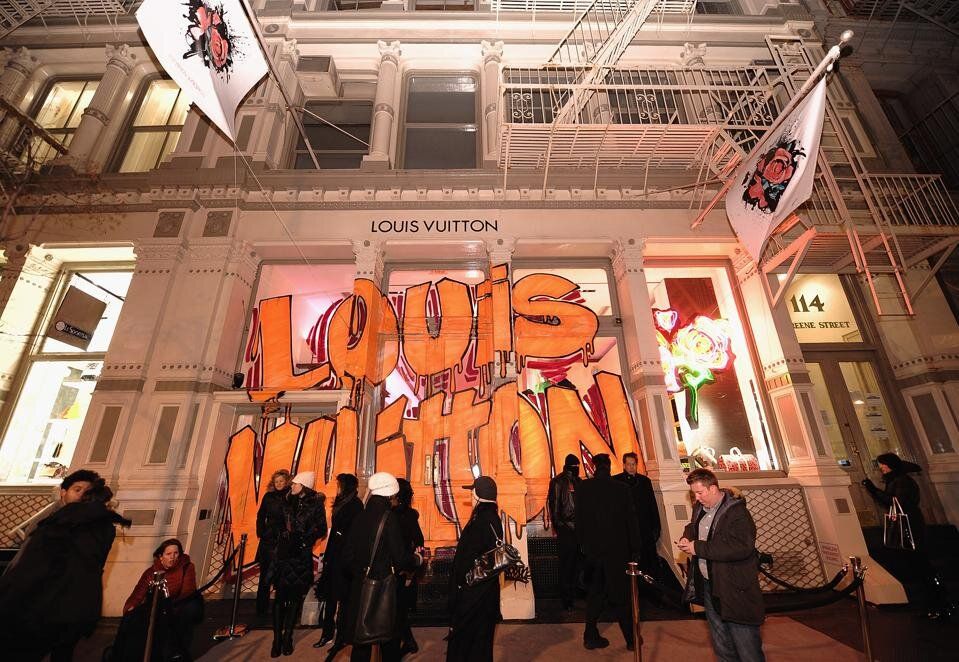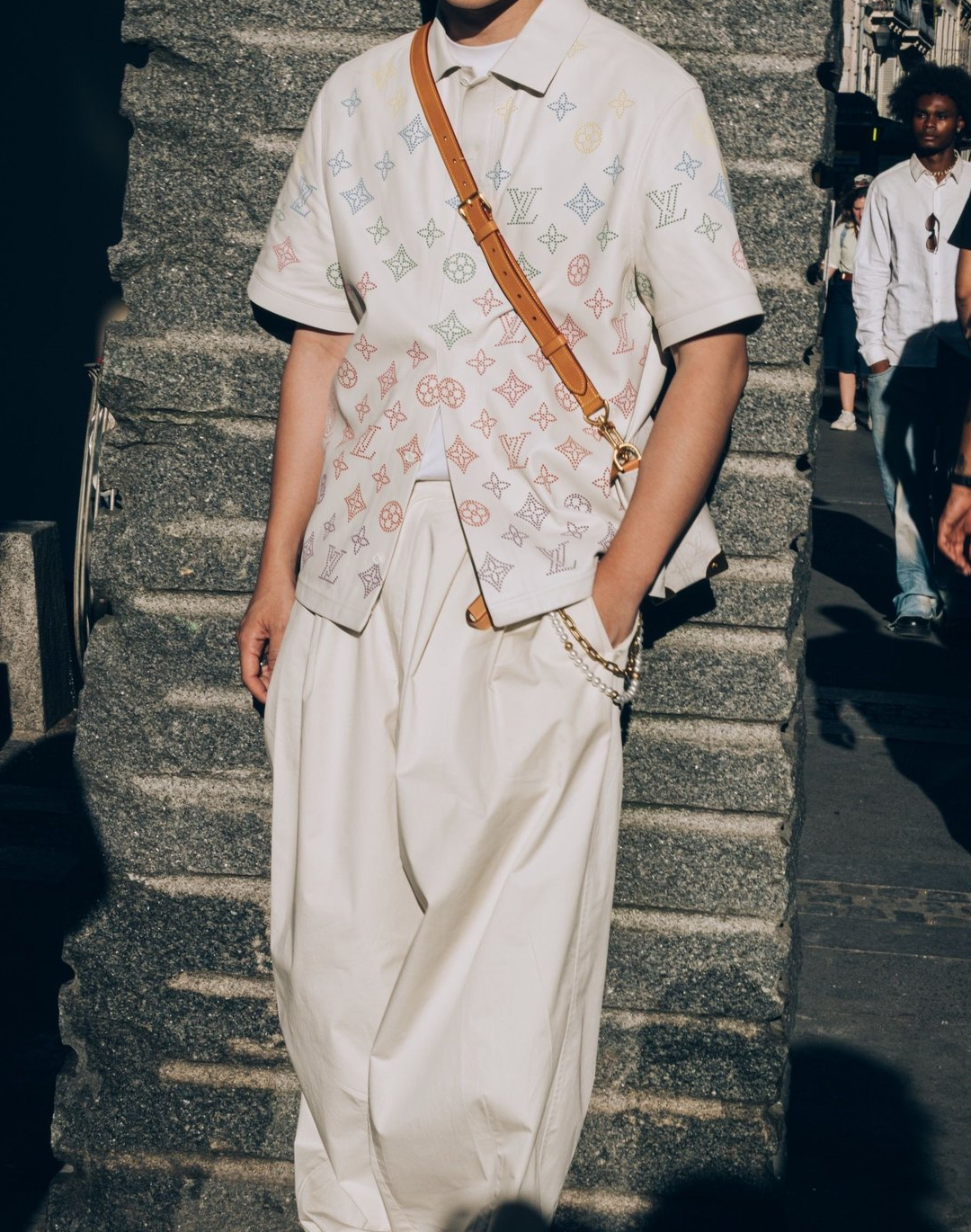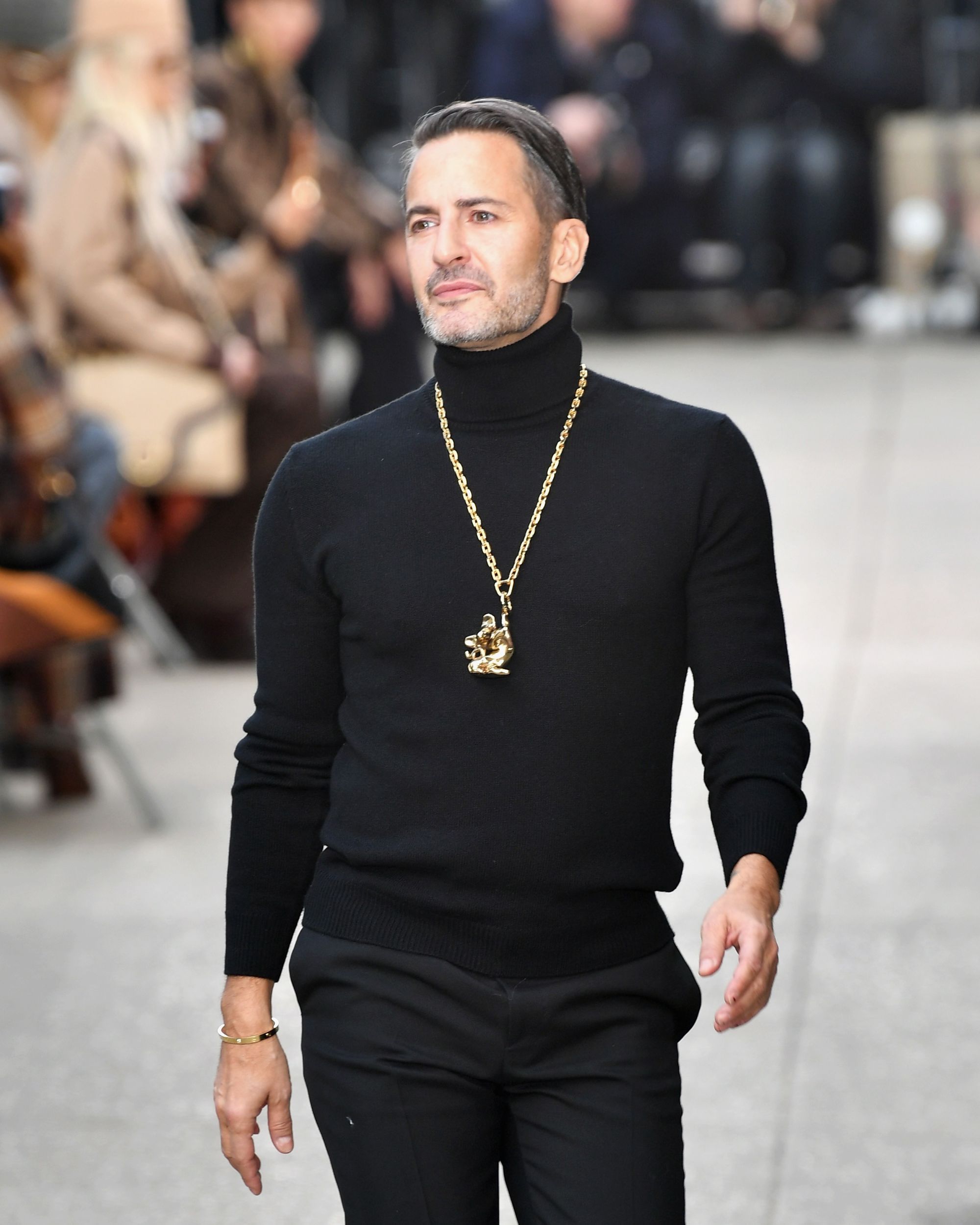
Skate & The City: the love story between Louis Vuitton and the skate It all started with a fight...
In the wide selection of products from Louis Vuitton's Watercoulour summer collection, there is also a very particular item: a 45,000€ made-to-order skateboard covered by the brand's monogram. And although it is true that in his years of tenure Virgil Abloh directed Louis Vuitton more decisively towards a skate aesthetic, for example by making Lucien Clarke one of the models of his debut show and then collaborating with him to create the brand's first skate sneaker, it is also true that Louis Vuitton's relationship with the skateboarding world did not begin with Abloh.
Rather, we should talk about an unusual love story, which intertwines the events of the brand with those of Supreme (in less obvious ways than their collaboration of 2017) and goes back more than a decade, anticipating the policy of artistic collaborations. Finally, Louis Vuitton's link with skateboarding can become a key to reading the entrance of streetwear in fashion starting from an initial hostility and ending with a total assimilation, symbolized by the made-to-order skate of the Watercolor collection.
«Cease-and-desist»
The first chapter of this story begins, like many love stories, with an apparent quarrel. It was 2000: at the dawn of the new millennium the myth of Supreme was already shining in the streetwear world but the world had not yet noticed. After the dark beginnings, the birth of the cult status of James Jebbia and, above all, the 90s, the brand was not yet the power it is today. The whole streetwear world of the time lived in a mirror dimension in which the dialogue with fashion was decidedly one-sided: these were the days when Stussy made the verse to the Chanel logo and Dapper Dan redesigned Gucci's creations for the youth of Harlem. Supreme also did something like this, creating a series of skate boards decorated with the Louis Vuitton monogram, with the "S" instead of the "LV". It was an iconoclastic operation but also the beginning of a cultural assimilation that would lead, 17 years later, to one of the pivotal moments in fashion history. For the time being, however, the time was not ripe and the first phase of the romance ended badly: Louis Vuitton sent Supreme a dry "cease-and-desist" threatening future legal action. The skate boards disappeared but the ice had been broken.
Love & graffiti
Ten years later we lived in a new world. At the time Marc Jacobs was the creative director of the maison and had started a policy of interesting collaborations with both art and other designers – one of them was Stephen Sprouse, a pioneer of 80s punk fashion, who had popularized the world of day-glo colors and graffiti in fashion. In 2001 the two had collaborated on a collection of bags decorated with graffiti and, after Sprouse's death in 2004, Jacobs had continued the collaboration: in 2006 and 2008 the designer's graphics had appeared in the mainline collection, while in 2009 Jacobs presented a tribute to Sprouse in the form of a drop limited to the SoHo boutique alone. On this occasion, the first ever Louis Vuitton skateboard was produced, of which there are only three, and which cost 8250 dollars.
The occasion was important both because the presentation party was one of the major social events of the New York season, and because it marked both the beginning of a dialogue between Louis Vuitton and street fashion: fluorescent graffiti inside and outside the store welcomed the guests of the party, inside Debbie Harry sang on stage while the boutique had been transformed into a huge parterre. The collaboration/homage also anticipated the site-specific drop model and the production in very limited numbers of unusual luxury gadgets, in this case a skateboard. The fact that the drop was exclusive to the SoHo boutique was meant to be a tribute to the New York neighborhood where Sprouse had lived and worked: unknowingly Louis Vuitton had known street culture. But of course, at least at first, mainstram fashion could have no idea the dynamics of this culture and soon came to the apparent definitive breakup that would open the door to a new love story.
A wedding in January: Kim Jones and the FW17
It would be hard not to feel nostalgia of those days: the luxury streetwear phenomenon was starting in fourth with Virgil Abloh at the wheel, the A$AP Mob sang «Please don’t touch my Raf» and we started talking about hypebeasts as an interesting new subculture. A powder keg on which an Englishman, Kim Jones, the new and ultra-hip creative director of Louis Vuitton, had the idea of throwing a burning match. A lover of contamination, a deep connoisseur of the contemporary art world but also a frequent visitor to streetwear, for the FW17 collection of Louis Vuitton Jones created the mother of all collaborations: Louis Vuitton x Supreme. A triumph of logomania, of boundless rows in front of boutiques, of international rappers - including our Fedez, still recently engaged to Chiara Ferragni, who was immortalized with all the items in the collection. Part of the collection was obviously the skate boards, even at this very limited edition tour, and that had now become a genre in their own right of Supreme product – the canvas of countless artistic collaborations.
The taste for streetwear came from the early stages of Jones' career, whose first assignment was working for a company that imported Supreme and other American streetwear brands to the UK. The importance of the moment and of this collection is known to everyone. In this case, however, it is worth pointing out that Louis Vuitton's FW17 has marked the end of a cycle: from a mainstream fashion hostile to appropriation and contamination with the "low" world of streetwear, to a fashion that instead discovers interesting creative opportunities in the narrative of this world up to the culmination of this collaboration that inaugurates a marriage or , if you will, a complete merger that, with the new creative director, will bear fruit.
The right guy
The final chapter (for now) of this love story is the arrival of Virgil Abloh. A designer who divides and divides into a thousand creative ramifications, precursor of a new aesthetic wave that defines fashion as we know it and that finally makes the concept of total collaboration institutional. His first fashion show for Louis Vuitton is an earthquake: Lucien Clarke and Blondey McCoy walked along with Octavian and Kid Cudi on the rainbow-colored catwalk in Paris. In the next fashion show it will be up to Evan Mock – the first springboard to a career in fashion for the Hawaiian skater. Last year Virgil and Lucien Clarke teamed up to create Louis Vuitton's first skate shoe. Finally, this year, the circle is completed: without collaborating with anyone else, Louis Vuitton produces its own skateboard. The curtain closes.










































